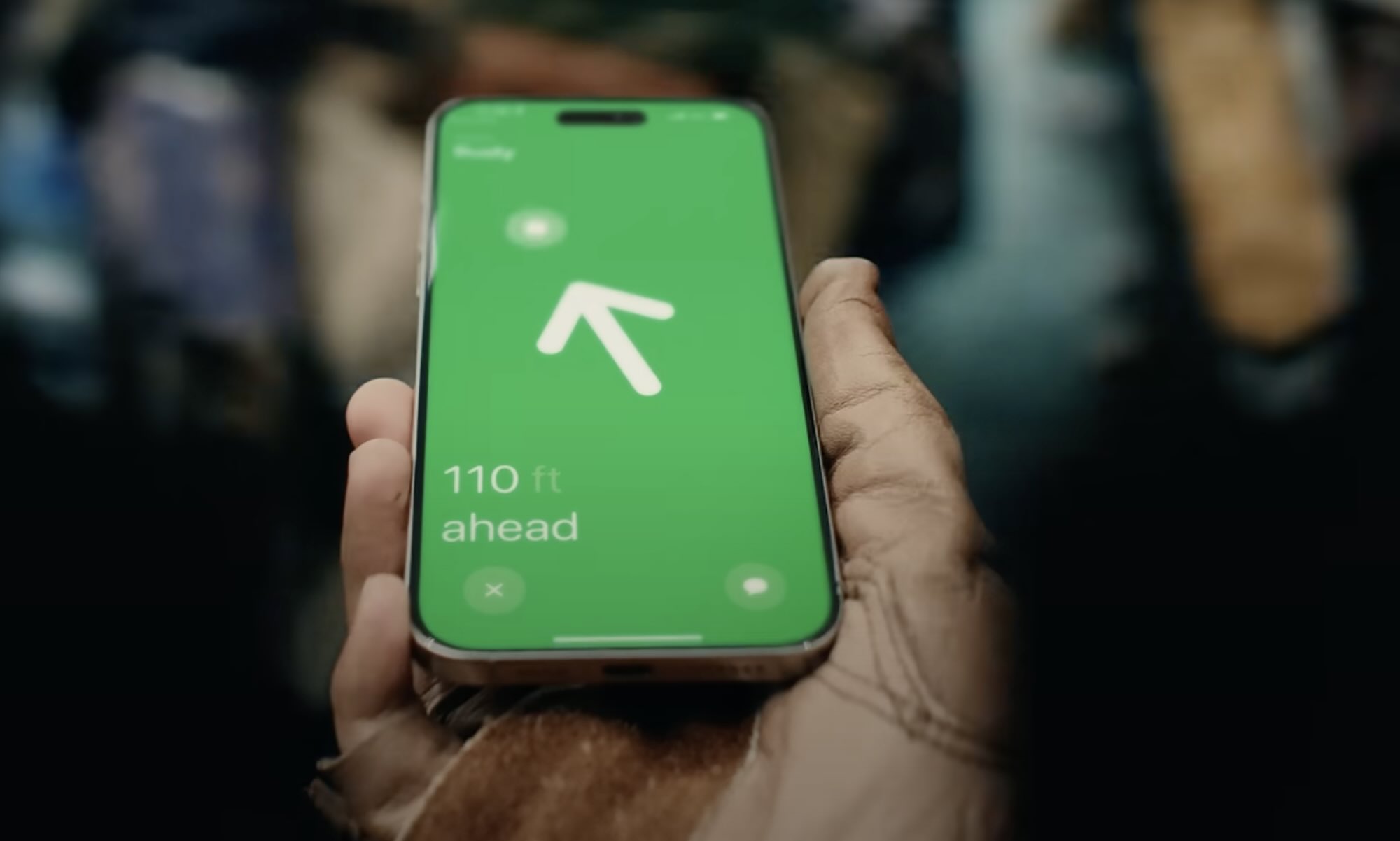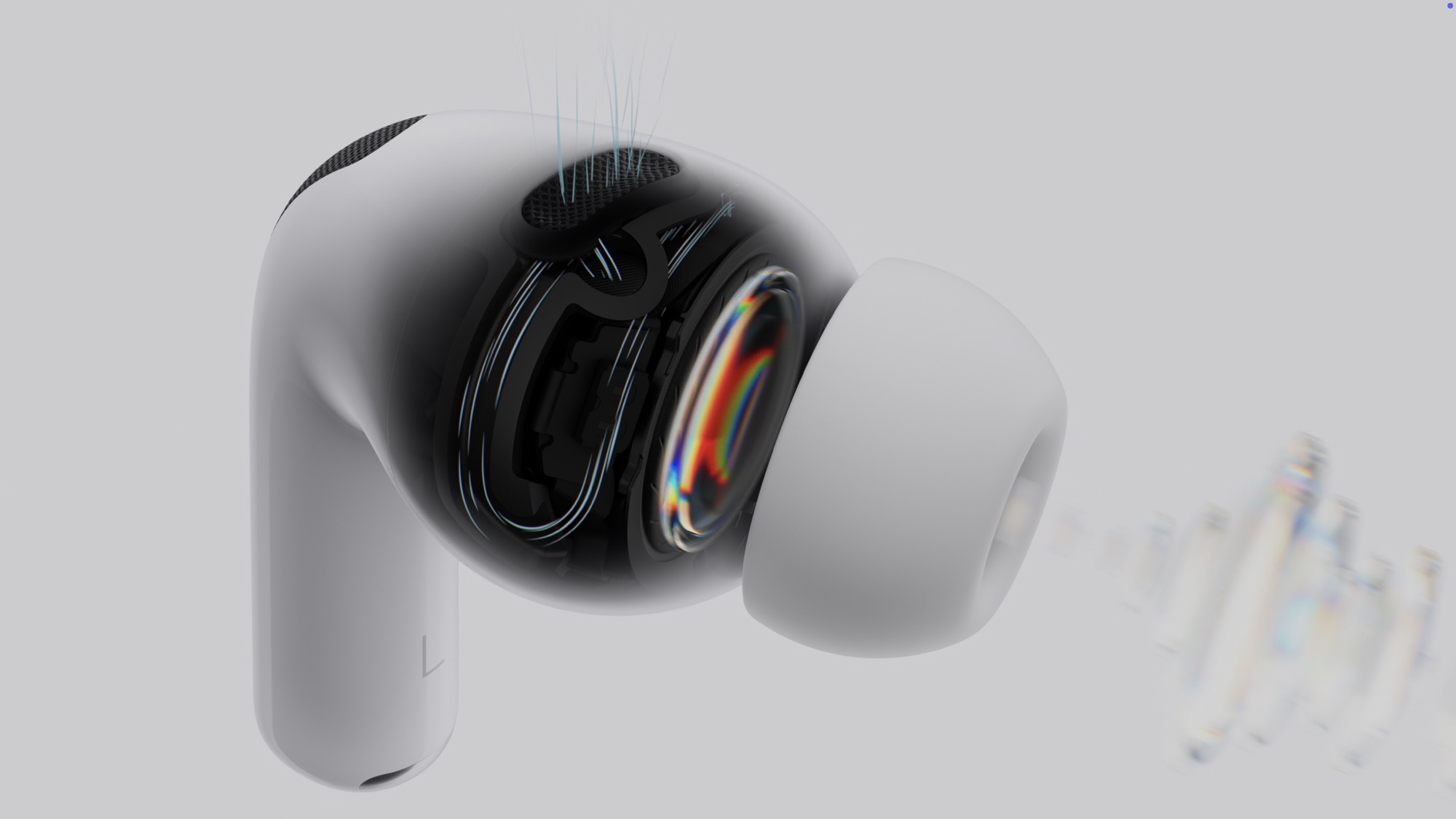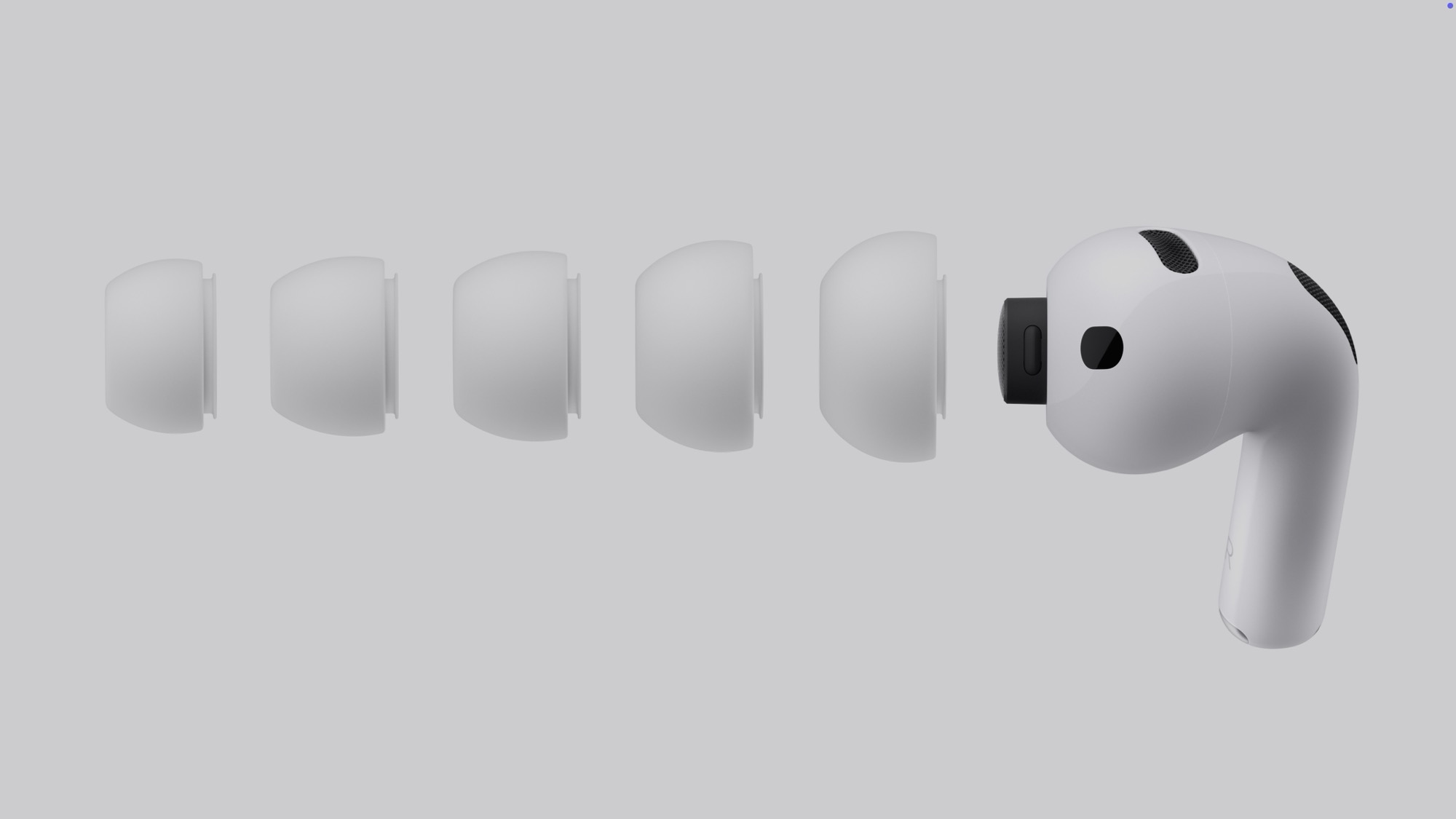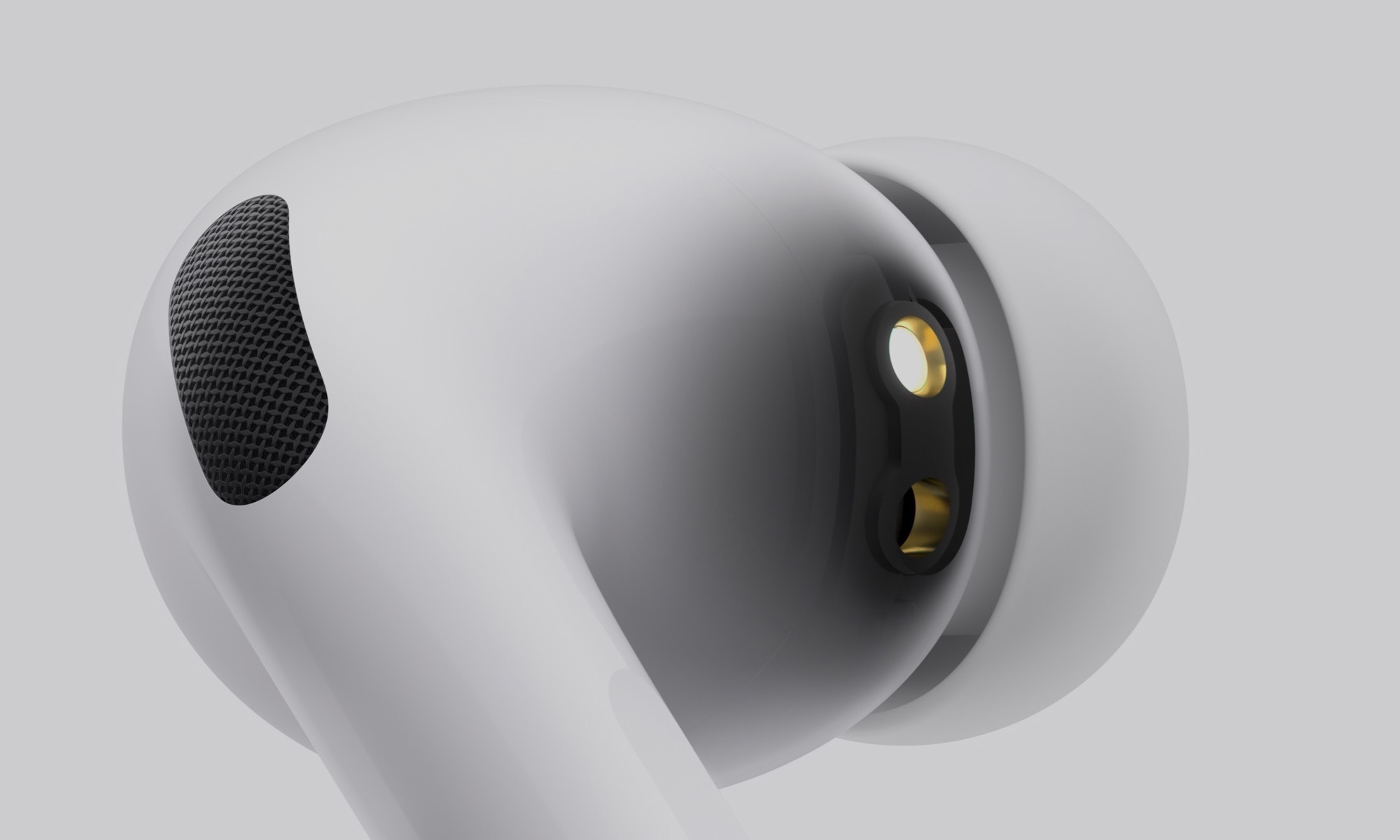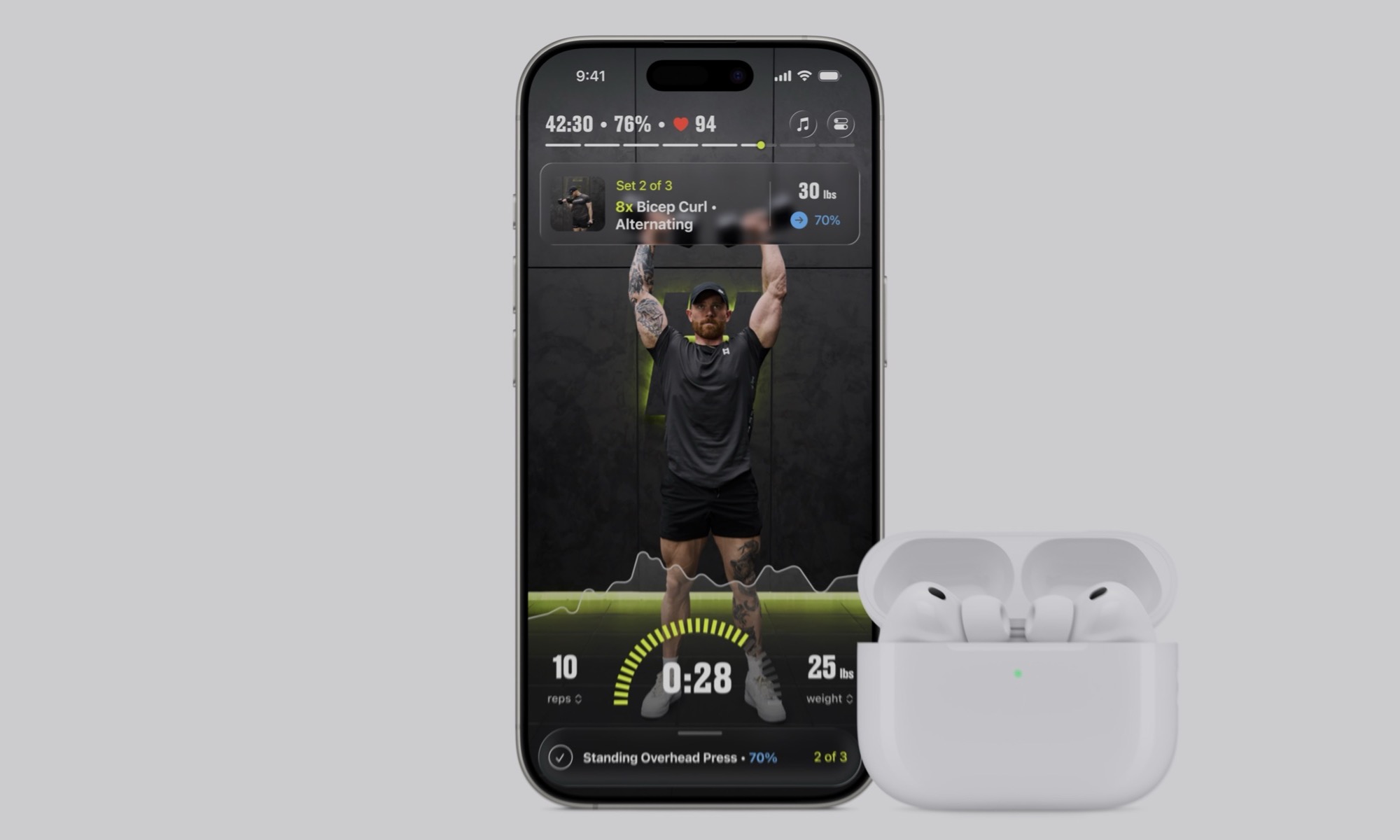All the New Features in AirPods Pro 3 (and What’s Missing)
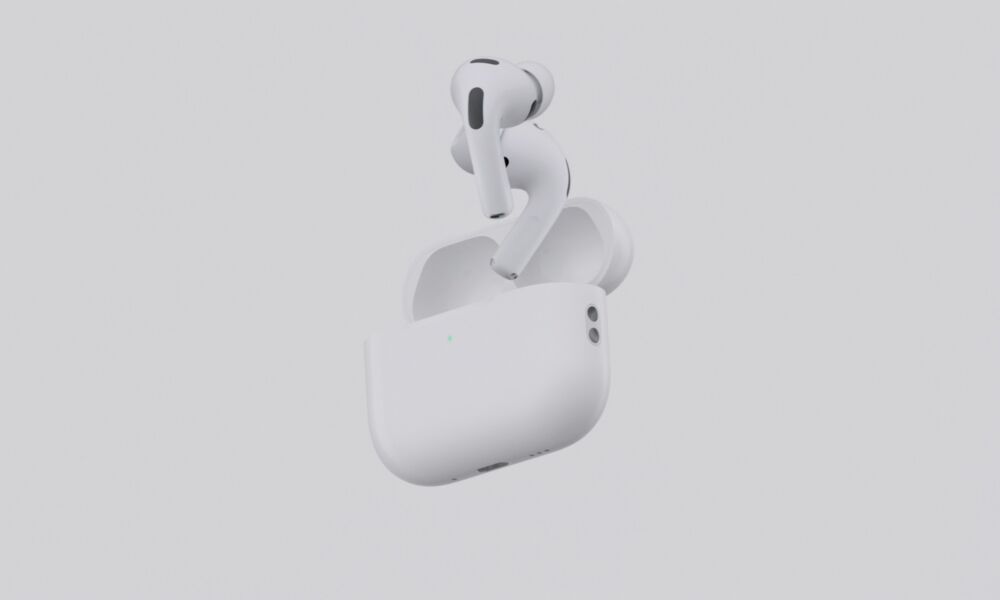
Toggle Dark Mode
The third generation of Apple’s flagship AirPods Pro arrive this month, and with them we’re seeing the company’s first significant move to make its earbuds about more than just audio.
Although Apple showed off quite a few new features for the AirPods Pro 3 during its “Awe Dropping” event last week, the headline capability is the heart rate monitoring that takes the AirPods Pro to the next level. Apple’s earbuds are now a viable alternative to the Apple Watch for fitness enthusiasts, but they’re also a companion, giving you a second health metric to establish a more reliable baseline.
Beyond this one significant upgrade, the AirPods Pro 3 are remarkably iterative. The new buds build on the AirPods Pro 2 in some important ways, but the changes are evolutionary: better sound and active noise cancellation, a more comfortable fit, longer battery life, and improved water resistance.
Those are all great, but the more significant upgrades that were rumored, such as a next-generation H3 chip, didn’t materialize, and the other exciting feature that Apple showed off during its event, Live Translation, is also coming to the AirPods Pro 2 and AirPods 4 ANC.
However, what’s perhaps more interesting about the AirPods Pro 3 is a collection of more subtle things that Apple didn’t focus on or even mention during its event.
You’ll Need to Bring Your Own USB-C Cable
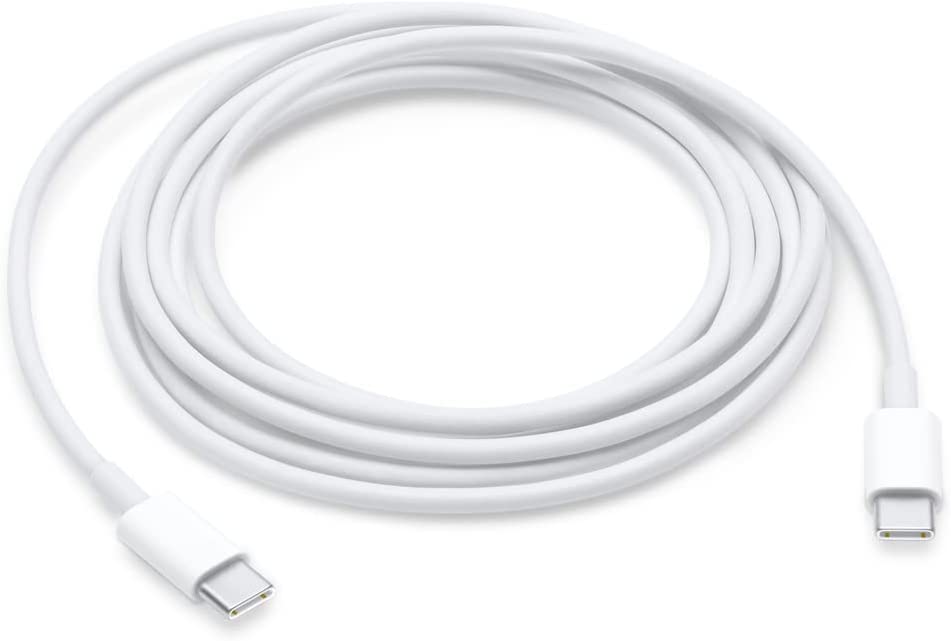
In Apple’s latest effort to minimize pack-ins, the new AirPods Pro 3 don’t even include a USB-C cable in the box.
When Apple began eliminating charging bricks from its products five years ago with the iPhone 12, it still kept the cable in the box. Since the AirPods never included a power adapter in the first place, that meant nothing really changed for that product line.
The lack of a USB-C cable isn’t entirely new, as Apple did the same thing with the AirPods 4 last year. However, when the AirPods Pro 2 switched to a USB-C case at the same time and did include the USB-C cable, many believed that its removal was simply a cost-cutting measure for the lower-end earbuds. In that sense, its removal from the AirPods Pro 3 this year does come as a bit of a surprise.
Longer Battery Life (With an Asterisk)
Apple promises eight hours of battery life on the AirPods Pro 3 — a two-hour increase over the AirPods Pro 2 — but what it didn’t mention was that this only applies to the earbuds themselves. The battery life offered by the charging case has actually decreased, which means you could find yourself running for that USB-C cable more often than you expect.
The increased battery life in the earbuds may have been a tradeoff to reduce the weight of the case, which is just under 7 grams lighter than its predecessor. It doesn’t look like Apple worked any battery magic to do this; it likely just used a smaller battery. Somewhat ironically, the case itself is actually about 2 mm larger in both width and height compared to the AirPods Pro 2.
Specifically, while the AirPods Pro 3 will provide eight hours of listening time before you need to recharge them, you’ll only get roughly two more full recharges of the buds from the case under typical conditions, for a total of 24 hours of listening time. With only six hours of life, the AirPods Pro 2 may need to go into the case more often, but that case is good for four more charges, taking you up to 30 hours of overall listening time.
For most people, this won’t be a serious problem, but if you travel frequently or spend long stretches away from a convenient charging source, the reduced case endurance is worth keeping in mind.
Improved Precision Finding (With Another Catch)
Until now, Apple had stuck to the bland “second-generation Ultra Wideband chip,” leaving pundits to use the U2 nickname. Perhaps Apple was simply hesitant to remind people of the last time it gave them U2 for free.
The AirPods Pro 3 mark an interesting milestone: not only do they adopt Apple’s second-generation Ultra Wideband chip, but they’re also among the first products where Apple itself refers to it as the U2. While the original Ultra Wideband chip from the iPhone 11 was clearly labelled the “U1,” and most pundits therefore dubbed its successor the “U2,” Apple hasn’t used this terminology until now. Perhaps Apple was simply hesitant to remind people of the last time it gave them U2 for free.
The new chip promises a 1.5x increase in precision finding range, but this comes with an important footnote: You’ll need one of this year’s iPhone models to take advantage of it.
Improved Precision Finding works with AirPods Pro 3 paired with iPhone Air or iPhone 17 models
Since Apple hasn’t provided any additional details, we can only speculate on why this limitation exists. The iPhone 15, iPhone 16, and iPhone 17 lineups all feature the same second-generation Ultra Wideband hardware — Apple’s so-called U2 chip, though the company has only explicitly used that name in the AirPods Pro 3 specs. On the surface, there’s no apparent reason why this year’s models should behave differently, but other factors may be at play, such as the new Apple-designed N1 chip being tuned to reduce interference in ways the older Broadcom designs couldn’t.
Better Sound Quality and ANC
With all the caveats and provisos out of the way, we can now more easily move on to the other smaller changes that have no real downsides. First among these is better sound quality and active noise cancellation.
While the H2 chip is the same, Apple has improved the acoustic design of the earbuds and added a next-generation Adaptive EQ that it says “transforms the bass response, widens the soundstage so users hear every instrument, and brings vivid vocal clarity to higher frequencies across music, shows, and calls.”
Apple also promises ANC that’s twice as good as the AirPods Pro 2. Since those earlier models doubled ANC performance over the original AirPods Pro, this means that, as Apple points out, anyone making the jump from the 2019 model to this year’s earbuds will see a remarkable four times increase in ANC. Apple claims it’s the best ANC of any in-ear wireless headphones, and while that may sound like marketing hype, it’s not entirely far-fetched, as Apple has been running neck-and-neck with the titans of the ANC game — Bose and Sony — for years.
Improved Fit
Apple has made a couple of significant changes to the design of the AirPods Pro 3 so they’ll comfortably fit a much broader range of ear canals.
First off, the packaging now includes five sizes of silicone ear tips with the addition of a new XXS version. They’re also now foam-infused to provide better passive noise isolation.
The earbuds are also slightly narrower in width but a bit deeper in profile, and their external design has been “aligned to the center of the body,” allowing them to fit more snugly and stably in the ear.
This is one of those things that’s hard to quantify, but Apple did say it’s tested the AirPods Pro 3 with an even broader variety of ear types, so if you found previous AirPods uncomfortable to wear for extended periods of time, you may want to give these a try.
More Water-Resistant
The AirPods Pro 3 have joined the rare class of in-ear wireless earbuds that offer IP57 water resistance, which means they can now survive a dip in up to one meter of water for up to 30 minutes.
Most competing earbuds still fall within the IPX4 range, while a few have achieved the IP54 rating of the AirPods Pro 2. In both cases, this means resistance against only splashes and light rain, plus dust particles in the case of IP54.
Heart Rate Monitoring
We mentioned this at the start, but we figured it was worth saving the most exciting feature for last. The AirPods Pro 3 now include heart rate sensors that integrate seamlessly with Apple’s Health and Fitness apps.
These use a pulsating infrared light to measure blood flow in the ears, and can track heart rate and calories burned. This means you can close your move ring while wearing your AirPods Pro 3, even if you don’t have an Apple Watch, as the Fitness app also now handles workouts directly in iOS 26.
The number of workouts supported isn’t quite as extensive as those available to Apple Watch users. However, you still get up to 50 different workout types, including the usual ones like running, walking, cycling, HIIT, and yoga.
However, this feature also comes with a small catch: unlike the Apple Watch, which provides regular heart rate monitoring whether you’re working out or not, there’s no indication (yet) that the AirPods Pro 3 provide continuous heart-rate tracking outside of an active workout.
Price and Availability
The AirPods Pro 3 are up for pre-order on Apple’s website now and will arrive in stores this Friday. They’re priced at $249 — the same as last year’s AirPods Pro 2 — and available in any color you want — as long as it’s white.



